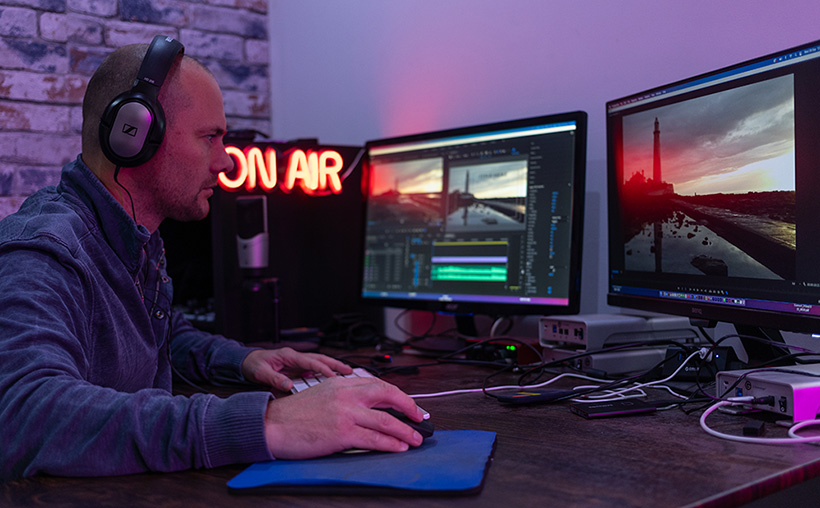The final part of our how-to shoot video series in association with London Camera Exchange, closes looking at ways of taking on projects and sharing your work…
So, you’ve learnt the video jargon, taken control of the movie settings on your camera and can now even edit together footage in post-production… The question is, what are you going to do next?
If you’ve followed all the modules in this series, you should now have a firm grasp on the massive potential your camera can offer you, the footage you can create and how you can make your movies stand out from the crowd. There should be no doubt that there’s never been a better time to step into video and explore all the creative opportunities today’s hybrid cameras can offer. But the journey doesn’t stop here; in fact, this is just the beginning as there’s so much more you can pursue with these newly found skills.
Share your video
Now that you’ve created a film, it’s time to share your footage with the masses and the good news is that today’s videographers have many options.
Let’s start with social media. As you’ll already know, platforms like Facebook and Instagram are fantastic ways to share a video with a huge amount of people in a convenient way. What’s more, you can further target the people who you think will find your video interesting by adding hashtags during the upload so, for example, if your video is about macro photography, and you add this as a hashtag, those people will be able to search out and find your video much more easily.
There are even more platforms to explore too; for example, YouTube is a great platform to use if your video is more long form (although YouTube does now support quicker clips thanks to YouTube Shorts). Lastly, many videographers are pushing the boundaries and sharing their work on newer platforms such as TikTok, where vertically filmed video is the norm.
Take on a personal project
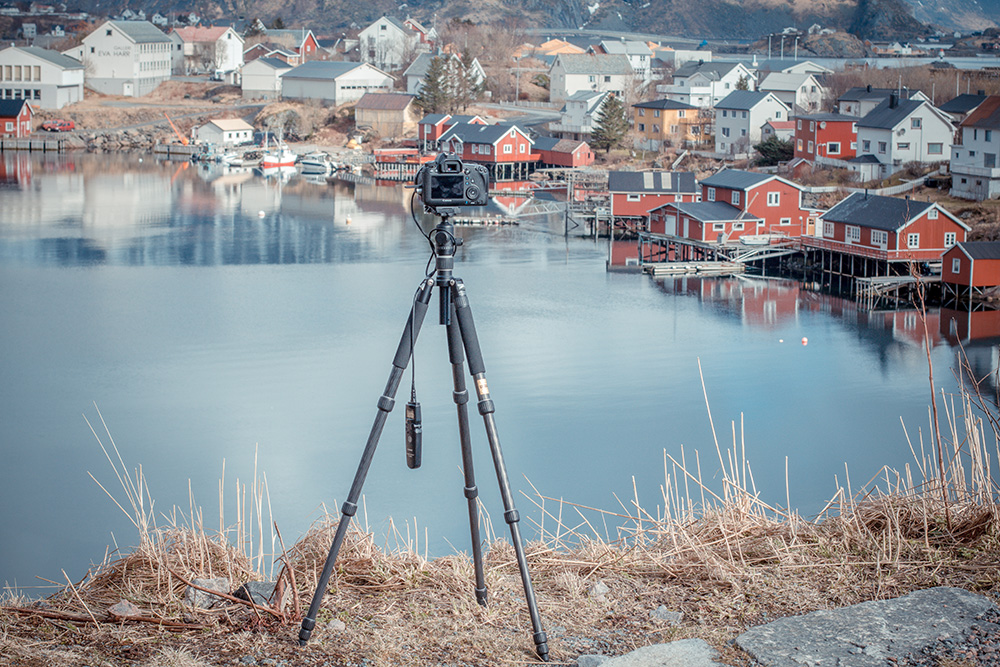
Today’s hybrid cameras offer you many creative opportunities for video shooting.
Sometimes those new to video may struggle to decide on what exactly they want to film, and a way to overcome this is to take on a personal project. By taking the time to sit down and plan out a film you’d like to produce, this will streamline your thinking, enable you to plan out shooting days and the kit you’ll need to capture each scene.
Inspiration can come from anywhere, but a good starting point is to look close to home as this will mean the project will be something familiar. Personal projects I’ve worked on include a film on family war graves and my child’s football club; and the important thing to remember is that these films don’t have to be Hollywood quality, they act as a vehicle for you to progress your skills and techniques as you climb up the videography ladder.
Alternatively, you can lend your emerging video skills by donating your time for good causes. Charities always have a need for video, mostly to create social media footage that will attract donations, but also to capture fundraising events. Yes, the likelihood of financial reward is low, but the opportunity to build your skills while doing something positive for your community is another type of reward.
Enter your film into a competition
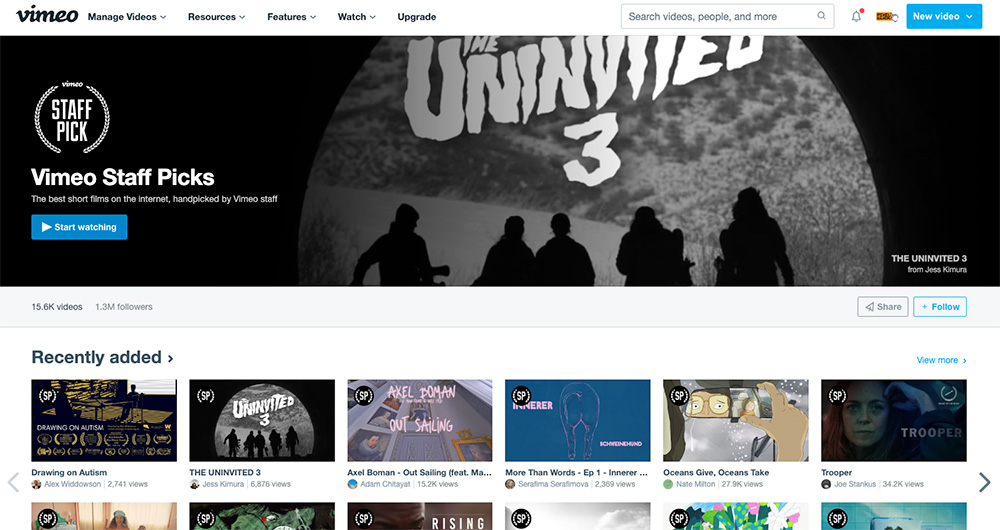
Publish your film on Vimeo for exposure – its daily Staff Picks are highlighted on its homepage.
For those out there who really want to start taking their videography more seriously, then entering your films into competitions can bring recognition and acclaim. Again, we’re not saying you dive in and expect to win a BAFTA – instead, start with local film festivals or more niche competitions. Just like competitions for stills imagery, being shortlisted or even winning a competition can prove to be a shot in the arm for your videography career and will serve to get your name out there and in front of the right people.
One convenient way into this sector is to publish your film on Vimeo, a video hosting platform. Vimeo selects different videos every day as Staff Picks, and these films are highlighted on the website’s homepage, which will bring a return in both exposure and views.
Make money with your video work
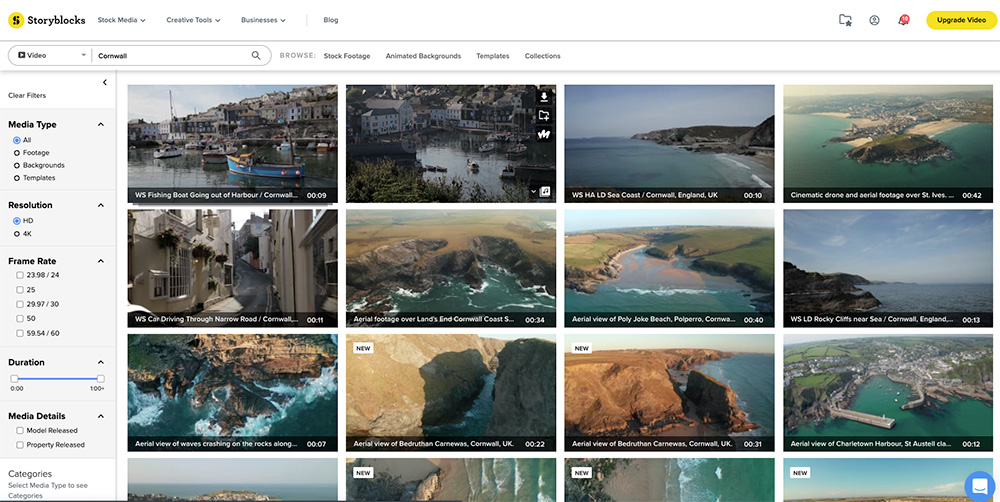
You could make money via stock video sites, which need your content to sell to their clients.
The demand for video has exploded in recent years so the potential to make money from your video is absolutely huge. Perhaps you want to offer both stills and video as a package – great for couples looking to get both types of content for their wedding without paying two different professionals.
Much like stills photography, there are plenty of stock video sites out there that need your content to sell to their clients. Say you’re a landscape photographer – next time you are out at a scenic location capturing stills, switch the camera to movie mode and shoot some video sequences because these could well end up making you money.
Those looking to take video further may also want to step into the world of corporate video; while filming interviews with CEOs may not push you as much creatively, the financial rewards for such work are often higher.
Take your learning even further
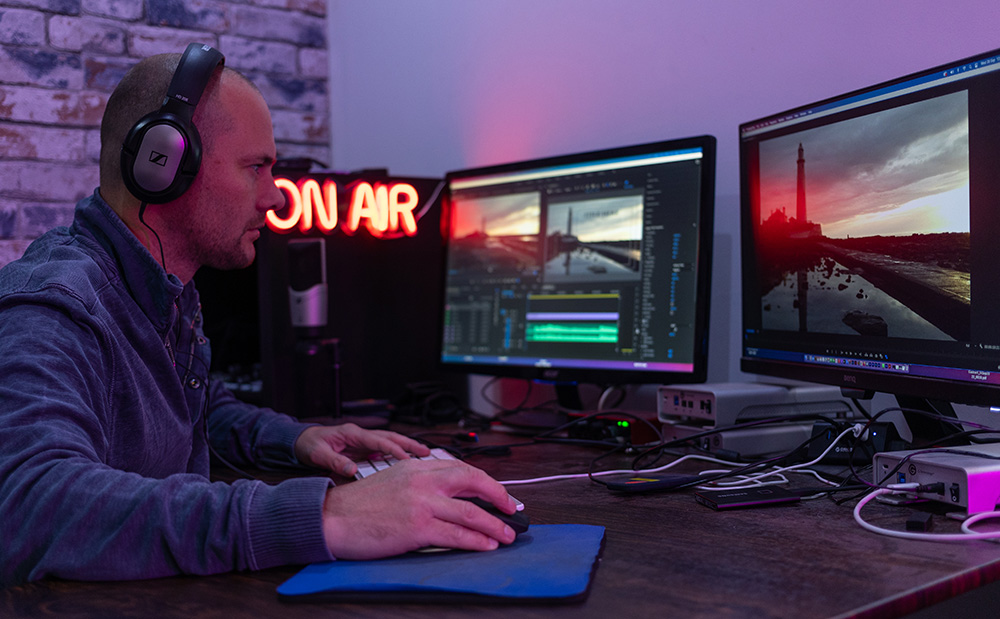
Push your editing skills by creating your own transitions or working with Log profiles.
Our modules are a great foundation in using your camera to create video. We’ve explained video settings, the kit that will make the difference, how to perfect audio in your videos and how to bring your footage together in post-production.
However, the journey doesn’t have to stop here. You can progress to more advanced techniques such as working with Log profiles or using focus assist features such as Peaking. Push your editing skills by creating your own transitions or taking your grading further. As with stills photography, there is always something new to learn with video and your camera is the key to unlocking these creative opportunities.
For specific technique walkthroughs, YouTube can prove to be very useful and offers an enormous choice of walkthrough videos, although obviously the quality of the videos will vary, as it’s a free resource. Best of luck with your new video skills.
Also part of the how-to shoot video series:
How-to guide to shooting video Pt.2: essential gear guide
9 Common Video Problems and How to Fix Them
How to get outstanding audio in your videos

